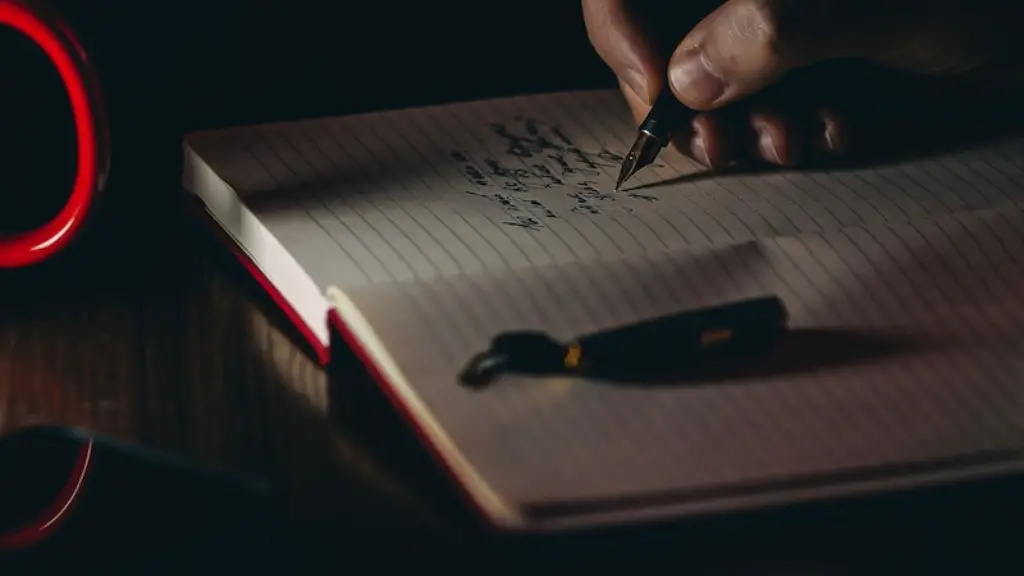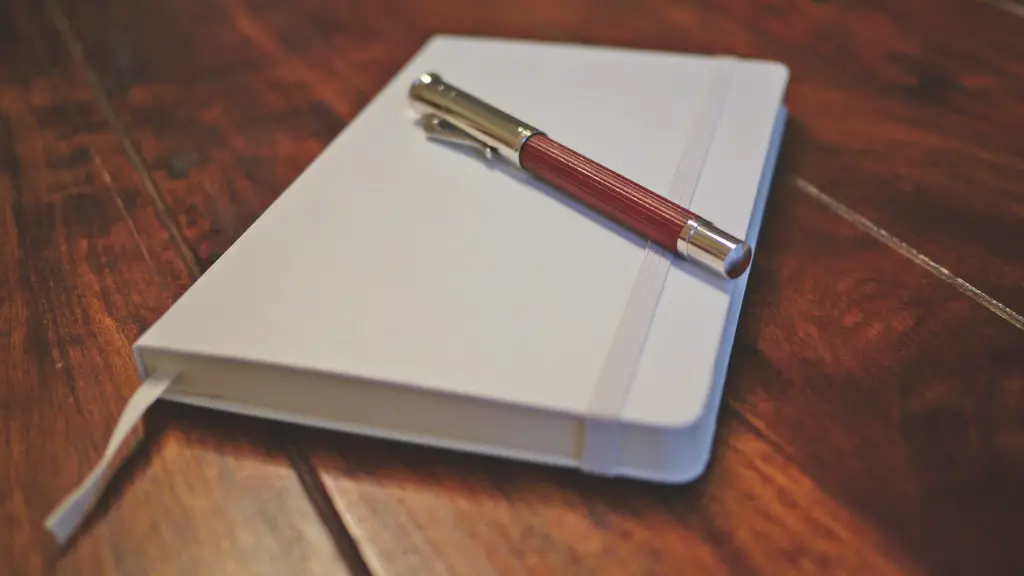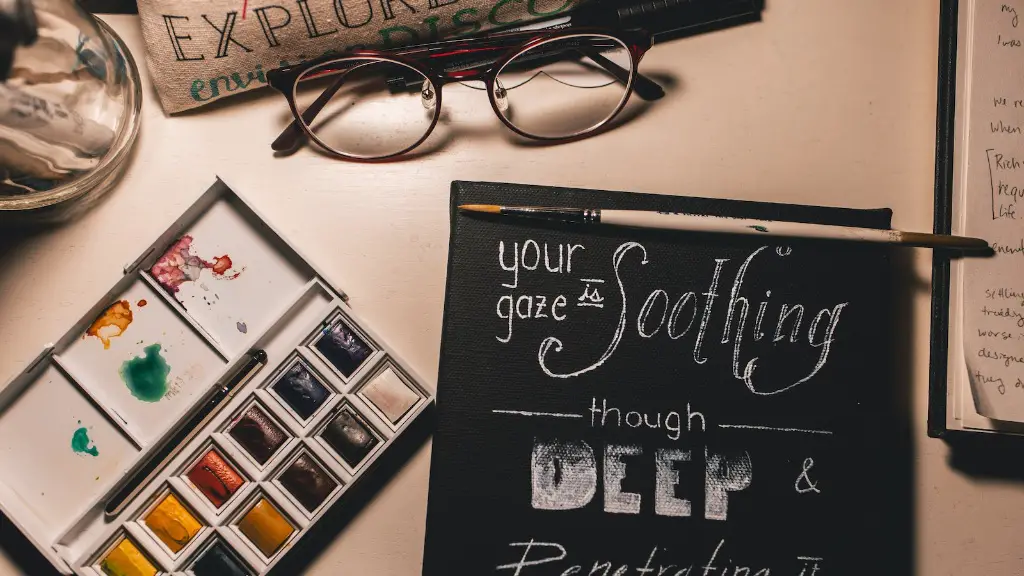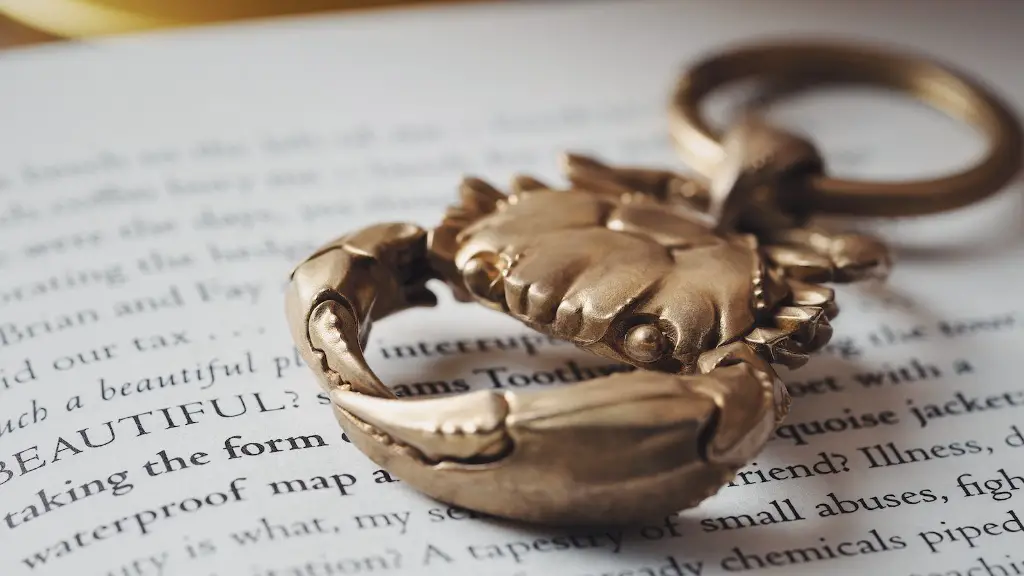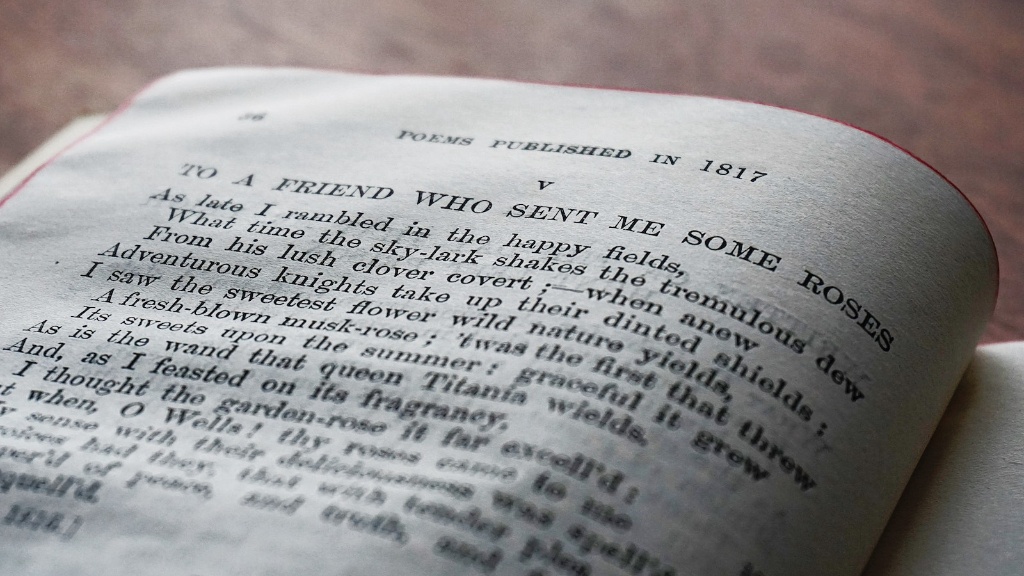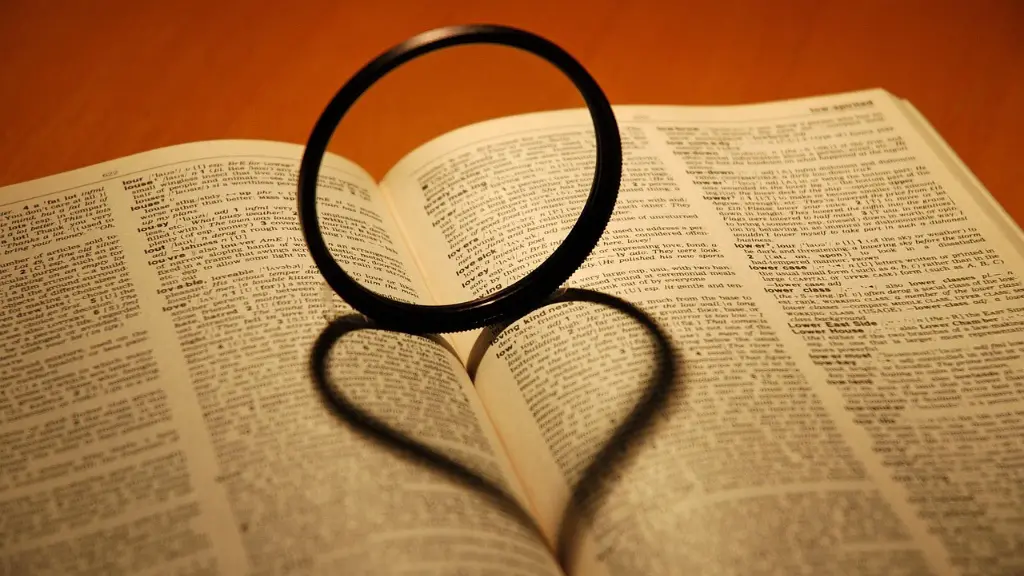Poetry and song lyrics are one of the oldest forms of artistic expression in the world, yet their similarities and differences are often overlooked. Although these two art forms share similarities in terms of their physical qualities – words and verse – there are meaningful distinctions between the two. In this article, we will explore the differences between poetry and song lyrics in order to help readers better understand and appreciate these two genres.
At first glance, poetry and song lyrics may seem like they have a lot in common; they often consist of rhymed verses and poetic imagery and both can be used to evoke emotion in their listeners. However, there are distinct differences between the two genres. Poetry is typically longer in length and is designed to reveal a deeper meaning through its style of writing. It transcends narrative, relying more heavily on emotions, symbolism, and metaphor to portray its message.
In contrast, song lyrics are usually shorter in length and more direct in intent. Rather than using symbolism and metaphor, song lyrics often contain simple stories or narratives, allowing the listener to connect with a core emotion or feeling. They also contain more basic verse structures such as rhyming couplets or repeating choruses. Whereas poetry can be wide-ranging and multi-faceted, song lyrics are often linear and narrowly defined in their scope.
Experts in the field have noted the distinctions between the two art forms. “Song lyrics are more literal and direct, with a clear story and purpose,” says musicologist Dr. Chris Walcott. “Poetry is more abstract and interpretive. It doesn’t need to hold any kind of linear narrative, nor does it need a particular direction. It’s about the journey itself, rather than the destination.”
Additionally, there are considerable differences in the ways in which these genres are produced. While songwriters often collaborate and draw from a variety of sources, poets are primarily solitary in their method of creation. Some poets also interact with their readers through readings, workshops, or other events.
Overall, poetry and song lyrics are both beautiful forms of expression and can be used in powerful ways. While both rely heavily on language, imagery, and emotions, the differences between their styles and functions are stark. With these distinctions in mind, readers can now more deeply appreciate the subtle craftsmanship of both.
Social Applications of Poetry and Song Lyrics
Poetry and song lyrics have become powerful tools for social change in recent years. More and more artists are using their work as a way to express their feelings on significant topics such as poverty, racism, and inequality. Many of these works have gone on to have a major impact on the culture, giving a voice to those who have been traditionally marginalized.
The activism seen in popular music has gained major traction in recent years, thanks to prominent artists such as Kendrick Lamar, Beyonce, and J. Cole, among many others. Songs such as “Alright” and “Formation” have become anthems of the modern Black Lives Matter movement, and “This is America” has been heralded for its social commentary on gun control and race. Poetry has also been used to great effect, with eminent figures such as Amanda Gorman and Maya Angelou writing works that capture the spirit of their respective eras.
The influence of music and poetry in political movements is not a new phenomenon, stretching back to the civil rights marches of the 1960s. Songs such as “We Shall Overcome”, which served as a rallying cry for the civil rights movement; and poetry like the works of Langston Hughes, who wrote about the experiences of Black Americans in the early 20th century, have become iconic pieces of cultural history.
The power of this art form to foster change and awareness should not be overlooked. In today’s world, music and poetry have the ability to unite people and motivate them to stand up for their beliefs.
Historical Significance of Poetry and Song Lyrics
Poetry and song lyrics have been used throughout history to tell stories and express values. Ancient epics such as the Iliad and the Odyssey, as well as religious works like the Bible, used poetic language to impart knowledge and values to their listeners.
More contemporary works such as Robert Frost’s “The Road Not Taken” and “To Kill a Mockingbird” provide insight into societal norms and values, and provide valuable lessons for readers to follow. In the same vein, musicians such as Bob Dylan and John Lennon used their songs to promote peace and equality, inspiring individuals and entire generations.
These works have become so important to the culture that many are now seen as iconic pieces of literature. They provide a unique glimpse into the values of their respective societies and stand as reminders of how art can be used to shape the world.
The power of poetry and music to evoke emotion and to bring people together should never be underestimated. From ancient times to the present day, these genres have enabled humans to express their feelings and experiences, creating indelible works of art that will stand the test of time.
The Role of Poetry and Song Lyrics in Education
In the modern age, poetry and song lyrics have become increasingly central to the way in which students learn. In the classroom, teachers are using popular music and works of poetry to discuss topics such as history, current events, and social issues. This strategy helps to engage students in a more meaningful way, allowing them to connect with the material in a personal, accessible way.
Poetry and music can also be used to teach complex concepts in accessible ways. Using works like “Old Man River” and “Strange Fruit”, teachers can teach students about the history of the Civil Rights Movement and their importance in shaping the culture. Similarly, poetry can be used to teach students about rhythm, meter, and other poetic techniques.
The use of poetry and song lyrics in the classroom not only engages students but can foster a lifelong interest in the arts. Through this use of art, teachers are helping to create well-rounded, engaged individuals who can appreciate the power of language and expression.
The Impact of Technology on Poetry and Music
The advances made in digital technology in recent years have had a major impact on the way in which music and poetry are created. With the development of streaming services such as Spotify and Apple Music, music can now reach a wider audience than ever before, making it easier for aspiring musicians to gain recognition.
Conversely, digital technology has made it easier for poets to find an audience for their work. Online platforms such as Instagram, Twitter, and YouTube make it easy for poets to reach a global audience, allowing them to connect with readers and listeners from around the world.
Technology also enables artists to create unique and experimental works. Software tools such as Auto-Tune and Synthesizers allow musicians to push the boundaries of what is possible and create out-of-this-world sounds. Similarly, poets can incorporate technology into their work by using computers to generate computer-generated language or to remix classic works of literature.
At the same time, advancements in digital technology have made piracy and copyright infringement increasingly difficult to contend with. This has caused some to worry that these innovative works may never receive the proper recognition and credit.
Prevalence of Poetry and Song Lyrics in Pop Culture
In recent years, the impact of poetry and song lyrics has become increasingly evident in areas such as film, television, and literature. Many modern films feature thematic elements drawn from the works of prominent authors and musicians, giving them a heightened sense of cultural relevance.
Television shows such as Saturday Night Live and Black-ish have also featured music from iconic artists such as Diana Ross and Tupac. Similarly, books and graphic novels based off of classic works of poetry and music, such as Homer’s Odyssey and Tupac’s “Changes”, have become increasingly popular.
This use of these art forms in media goes to show the extent to which they have become part of the cultural mainstream. Their influence can be felt in almost every part of popular culture, from social media to politics to film.
The Future of Poetry and Song Lyrics
As technology continues to evolve and popular culture continues to embrace art, the future of poetry and song lyrics looks bright. More and more people are beginning to appreciate the power of language and music to create something truly meaningful and beautiful. As this appreciation continues to grow, these art forms will only continue to become more relevant.
With the prevalence of digital technology, it is likely that genres such as hip-hop and pop music will continue to dominate the landscape, creating art that challenges the status quo. Poetry, too, will continue to evolve, leaning into the use of symbolism, metaphor, and technology to create works that stand the test of time.
These art forms have proven their staying power throughout the centuries and will no doubt remain with us for many more to come. Only time will tell what they will become in the years to come, but it is certain that they will continue to have a major influence on our culture and our lives.
